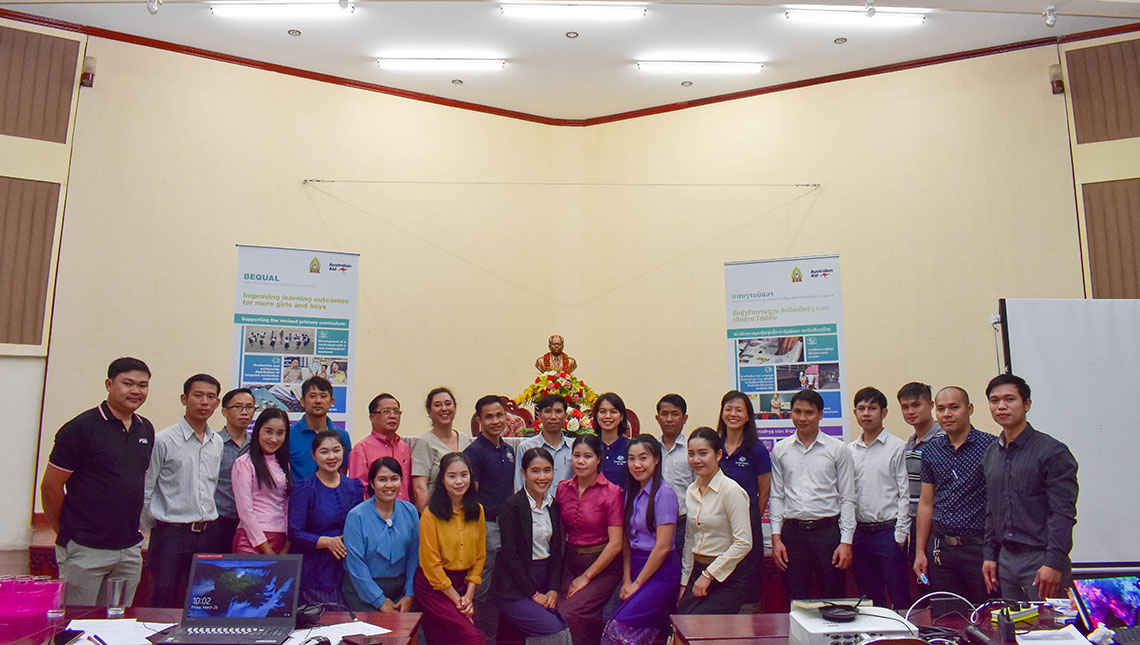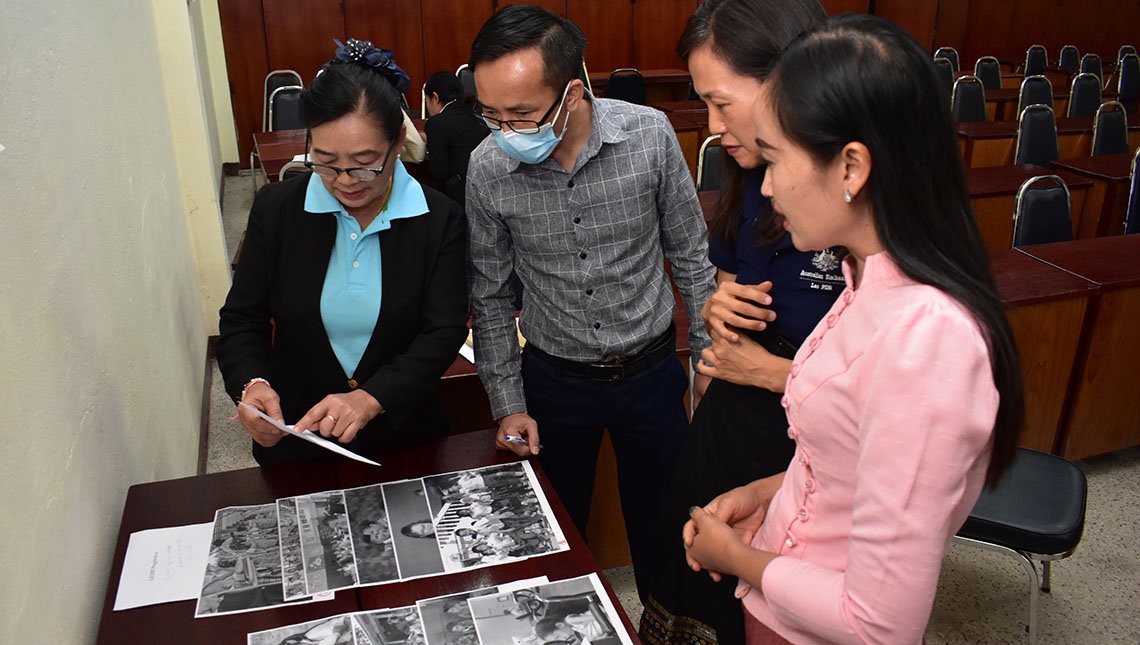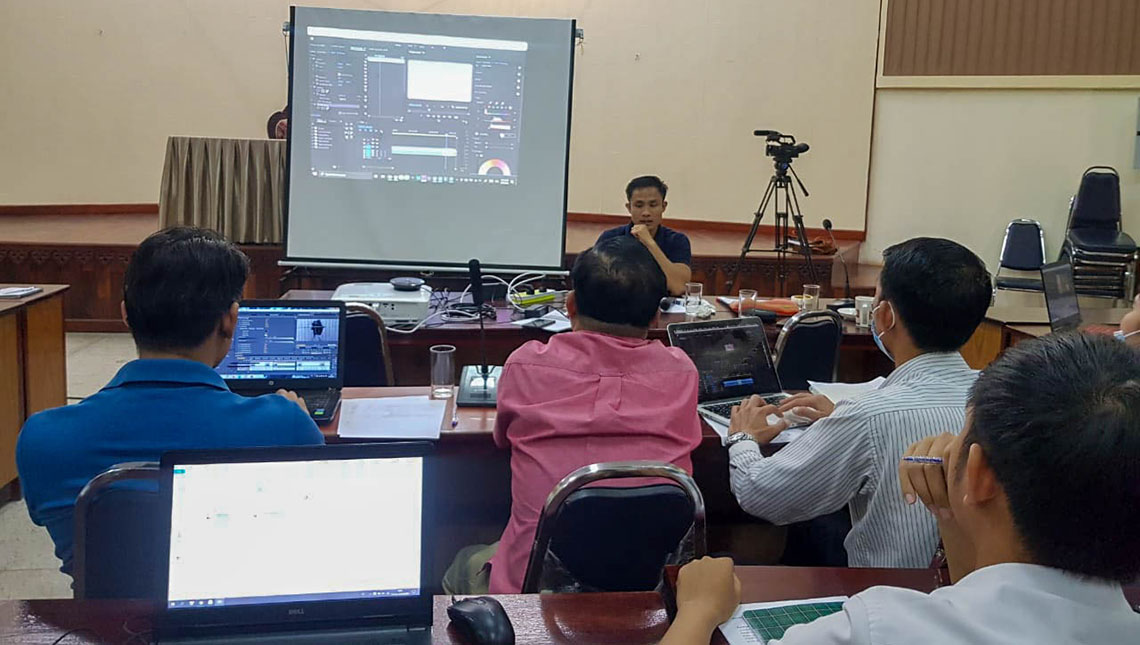Celebrating International Women’s month, the “Inclusive Image in media” workshop explore how to promote gender and inclusive education in the imagery produced by the Ministry of Education and Sports
How much power can one image actually have? What role imagery could play in changing our perception and attitudes towards gender, disability, ethnicity and social inclusion?
Australia, with the support of the Basic Education Quality and Access in Lao PDR (BEQUAL) program organized a half-day training for 30 staff from the E-learning center, the Information Media Center and the Literacy Development Section departments from the Research Institute for Educational Sciences (RIES) and the Inclusive Education Center to reflect on the power of images and their role in promoting gender and inclusive education.
The training was opened by Mr. Jeitxin Inthavong, Deputy Director of E-learning center, RIES “I would like to thank the Australian Embassy for its renewed support with training and capacity building activities via the BEQUAL program. This is the second training with a gender and inclusive education focus. I would like to encourage all the participants to apply the new knowledge and skills they get from this training as they develop more inclusive teaching and learning materials and educational news released in TV, newspapers and social media.”
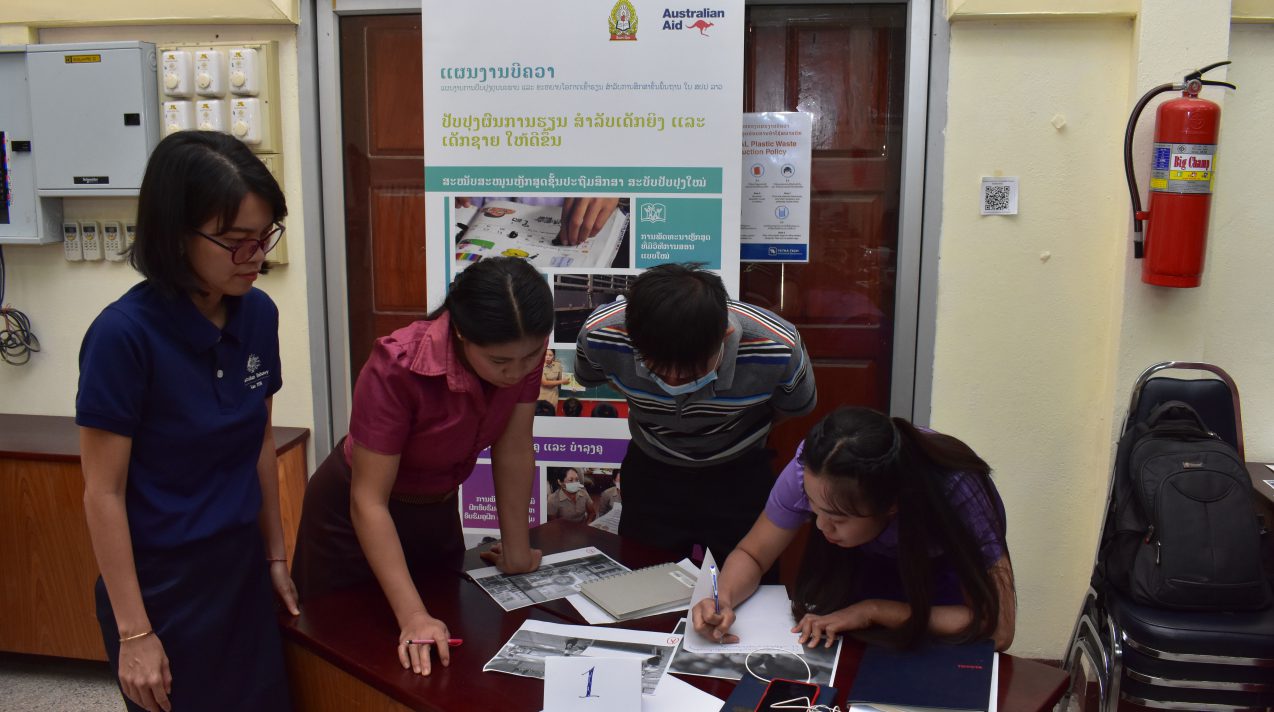
Ms Bounmy Souvannalath, Senior Program Officer Education, Australian Embassy added “Australia values and prioritizes gender and inclusive education and is committed to address issues of inequality and inequity throughout the activities supported. In January, we organized a first workshop on video sign language dubbing, and we are proud that the Ministry of Education and Sports (MoES) will soon release new teacher training videos accessible to people with hearing impairment. Today, the Australian Embassy is happy to renew their support to the MoES’ priorities in gender equality and inclusive education with this second training on the Power of Image. The training will be delivered by myself and two other of Australia’s technical advisors specialized in Media and Communication and in Gender Equality, Disability, and Social Inclusion”.
The trainees belong to the different MoES’ departments producing materials containing illustrations, visuals and videos for students, teachers and education staff: curriculum materials such as textbooks and storybooks full of illustrations and pictures, especially for the first years of primary; teacher training videos filmed in Lao classrooms and used to support teachers with the new primary curriculum and active learning approach; educational news and TV teaching broadcasted since the beginning of the COVID-19 pandemic on the new ESTV channel on Lao Sat 8, newsletter and daily newspaper distributed to education stakeholders across the country.
The training started with the “Power Walk” exercise to demonstrate how gender, ethnicity and disability affect our role and position in modern Lao society. The trainees reflected on the difference between equality and equity and how an image influences people’s opinion. They learned to evaluate an image regarding Gender and Inclusive Education: negative / stereotype, neutral, positive or progressive. They explored different techniques such as camera angles, lighting, action, set-up to create more powerful and progressive images that contribute to promote inclusion. The hands-on exercises to categorize pictures, create a gender progressive image and to enhance a portrait with color correction and grading were much appreciated.
During the last session, “call-for-action”, the trainees committed to better showcase empowerment and inclusion in images and storytelling in materials they produce.
“With imagery and media, we can promote progressive gender and inclusive education and make a difference for the most disadvantaged children, whether because of their remoteness, gender, ethnicity or disability” concluded Ms Bounmy.

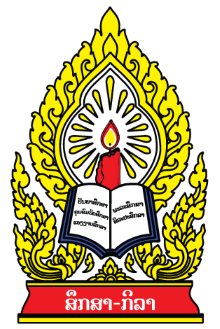


 ພາສາລາວ
ພາສາລາວ
